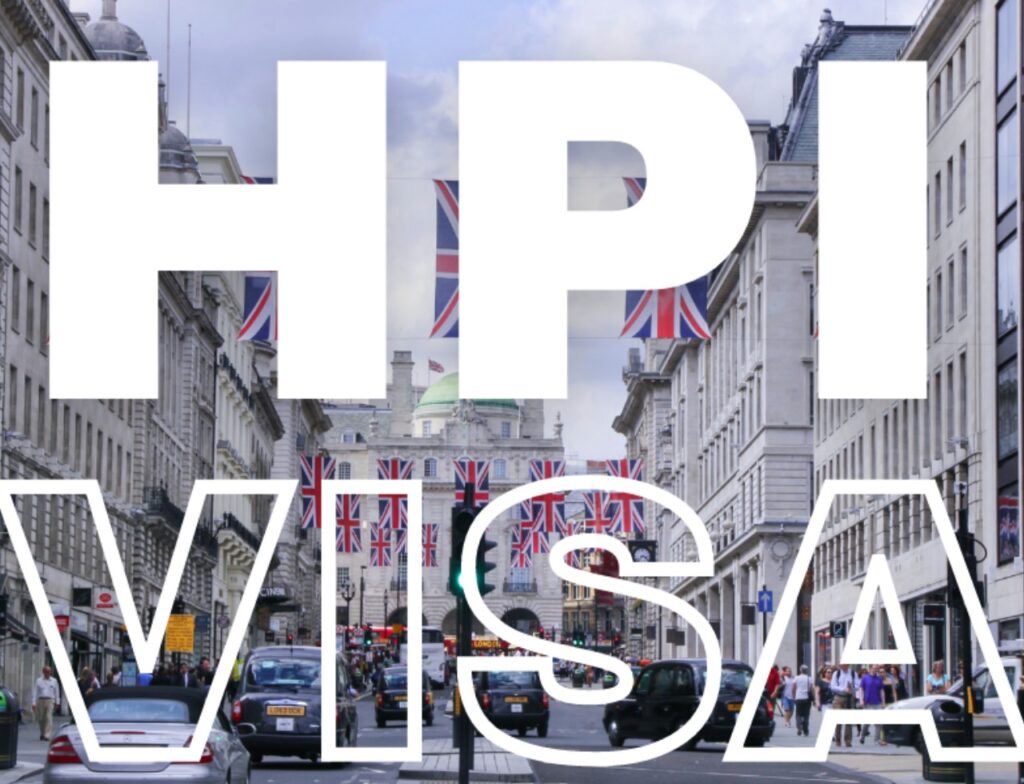The plight of the children of legal immigrants in the US, often referred to as “documented dreamers,” remains a thorny issue. Many of these young people are Indian Americans who arrived in the US with their parents on legal visas and now risk being deported as they turn 21 and age out of their dependent status. This pertains to about 250,000 children, a significant number of whom are of Indian origin.
Legislative Gridlock and Blame Game
The White House lost no time in pointing fingers at the Republicans over the legislative gridlock that will not allow this matter to be brought to a close. “I mentioned the bipartisan deal negotiated in the Senate, where we developed a plan to assist the individuals known as documented Dreamers.” And sadly, Republicans voted it down twice,” said White House Press Secretary Karine Jean-Pierre.
In June, a bipartisan group of 43 lawmakers, led by Senator Alex Padilla and Representative Deborah Ross, called on the Biden Administration to take immediate action to safeguard these documented Dreamers. At risk of self-deportation because of a long green-card backlog, these young people were raised and educated in the US.
Voices of Documented Dreamers
Organisations such as Improve The Dream have been championing the cause of these kids. Conducting over 100 meetings with congressional offices and senior administration officials to urge them to act, they have brought the need for urgent action to the forefront. Founder of Improve The Dream, Dip Patel, said, “It’s really disappointing to see a lack of action and associated proposed regulations deprioritized/delayed. It’s time for action.”
Their stories are simply riveting. Consider Jefrina, a graduate student in Minnesota, who arrived in the US from India at the age of seven. She has spent almost 19 years in the US, calls it home, and is now about to step into a more uncertain phase in life as her current visa status comes to an end. Similarly, Praneetha, a cloud engineer in Texas, is in her [endif]>fifteenth year in the US, but there is no clear path to permanent residency for her. She added that she had to continuously switch visas to stay.
Another casualty, Roshan, who was forced to leave the US last month, grew up in Boston, graduated from Boston College, but had to move to India because he aged out of his dependent visa status. These stories show the human component of legislative inaction.
The Call for Urgent Action
He makes the economic and moral case for these young people to be able to stay in the US. Most of them, he points out, are STEM and health-care talents that the US needs more of: “Our country is not only losing young talent, but we’re also losing many of their parents, who have years of practical experience. The economic rationale is evident, and the moral argument is unmistakable. It is common sense.”.
The bipartisan America’s Children Act would fix this, but until it becomes law, administrative action is desperately needed now. The administration has all the tools to offer relief. To date, this population has been left out of benefits afforded to so many others.
Conclusion
Thus, the fate of the documented dreamers, especially Indian Americans, is relegated to limbo. Clearly, lawmakers and advocacy groups are working on legislative and administrative fixes, so hopefully these young people will be able to stay in this land they call home and continue to further its future. It is time to act upon it, and the administration should take up this matter sincerely to avoid further loss of talent and human potential.





